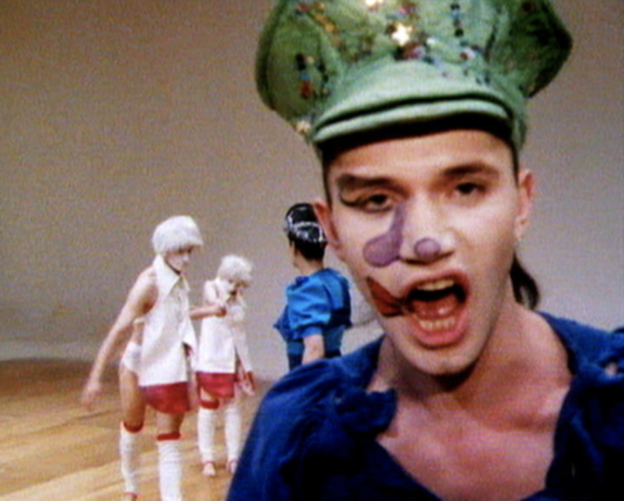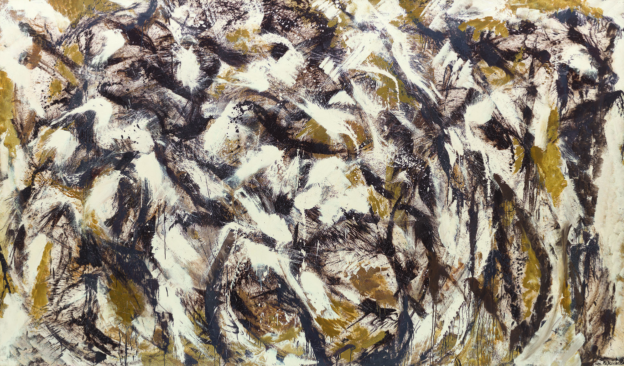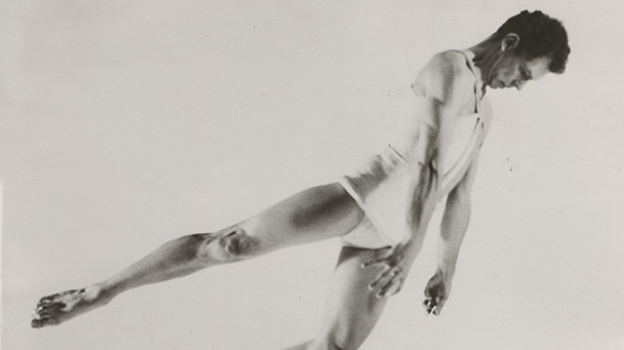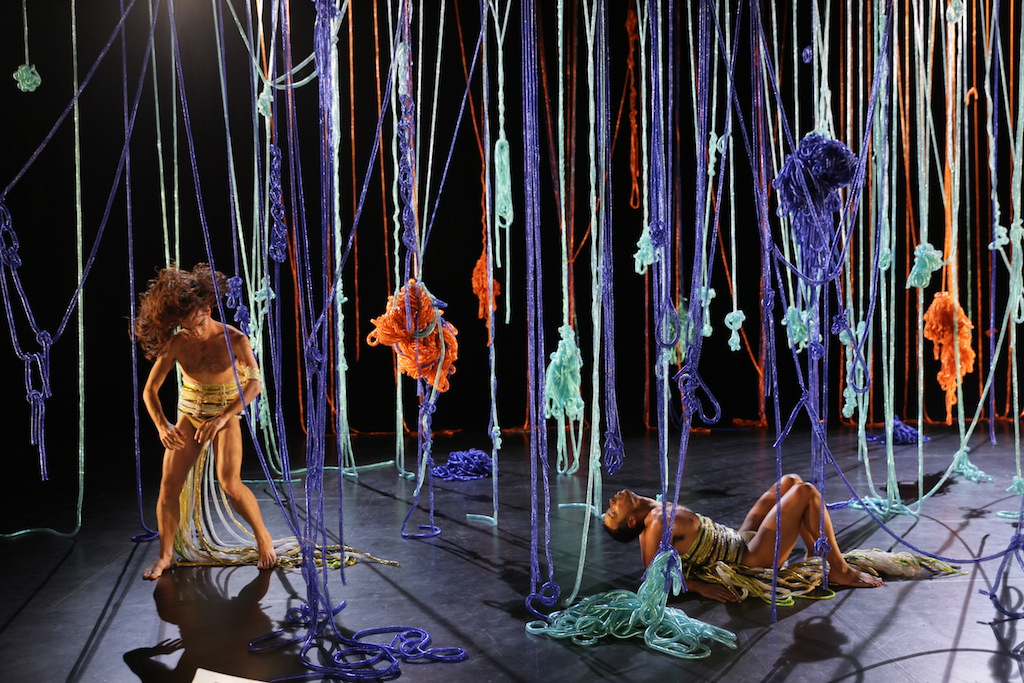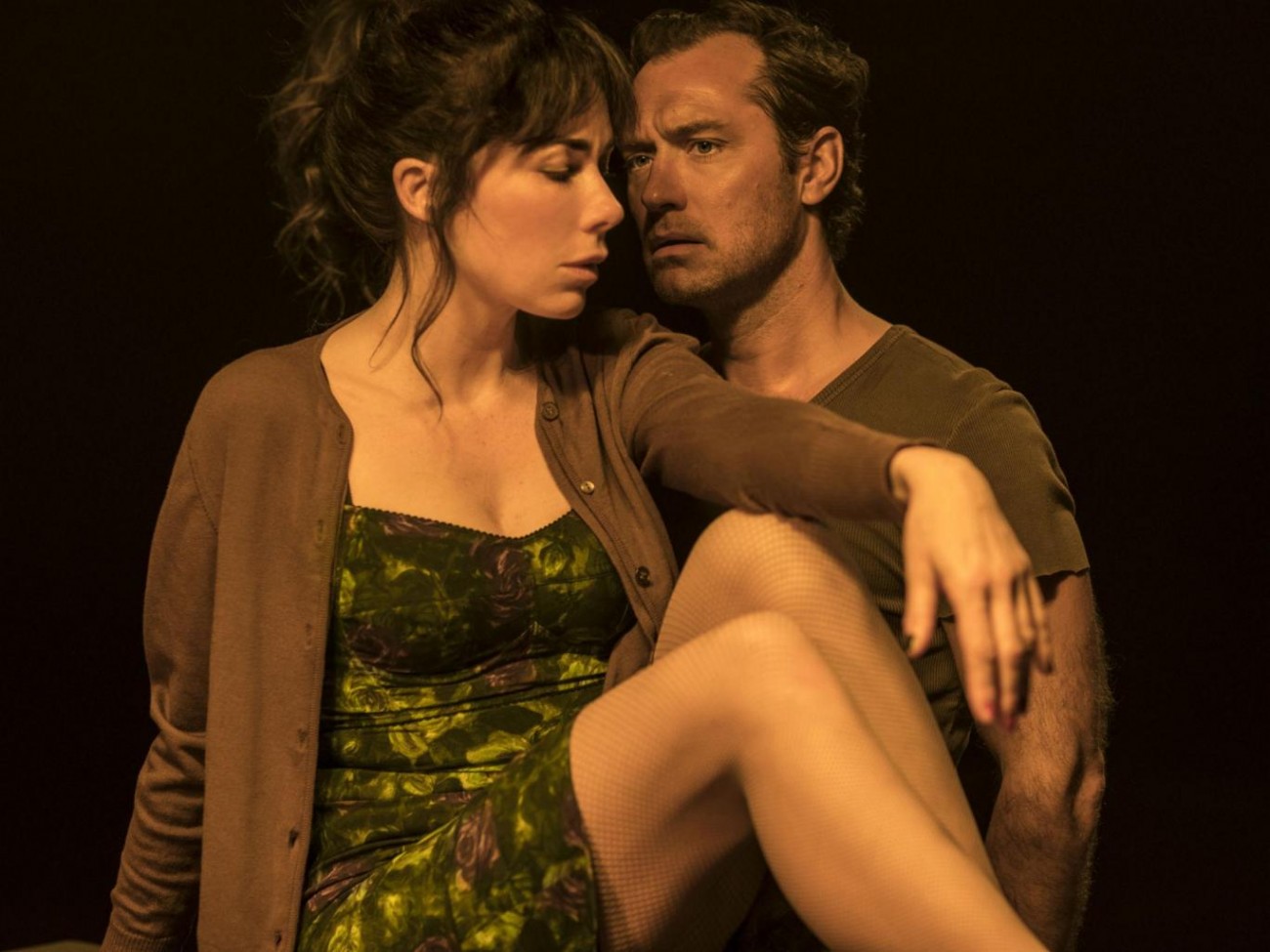


I never really had a plan, except to express myself as purely as possible… I still make work on my own body first, as I always have. I can only understand it from the inside. — Michael Clark
MICHAEL CLARK—COSMIC DANCER, recently at the Barbican, was the first comprehensive retrospective of the British dance artist. Interrupted by the pandemic shutdowns, the exhibition lives on in the catalog, edited by Florence Ostende.
Bringing together materials from his choreographic work and collaborations with artists—including Elizabeth Peyton, Silke Otto-Knapp, Sarah Lucas, Wolfgang Tillmans, Leigh Bowery, Peter Doig, Cerith Wyn Evans, and Duncan Campbell—the book is a beautiful complement to MICHAEL CLARK, a 2011 monograph edited by Suzanne Cotter and Robert Violette.
See link below for details.



Edited by Florence Ostende.
Prestel Publishing



From top: Charles Atlas, Hail the New Puritan (1986), Michael Clark, stills, 16mm film transferred to video, image courtesy and © Charles Atlas and Luhring Augustine; Michael Clark and Company, I Am Curious, Orange, 1988, photograph by Richard Haughton, image courtesy and © the artists and the photographer; Michael Clark, Before and After: The Fall, 2001, in Berlin, Lorena Randi and Victoria Insole, photograph by Andrea Stappert, image courtesy and © the artists and photographer; Clark during the filming of Hail the New Puritan, photograph by Alexander James, image courtesy and © the artists and the photographer; Wolfgang Tillmans, man with clouds, 1998, image courtesy and © the artist, Galerie Buchholz, Maureen Paley, and David Zwirner; Elizabeth Peyton, Michael Clark, 2009, image courtesy and © the artist and Sadie Coles HQ; Silke Otto-Knapp, Group (Formation), 2020, watercolor, image courtesy and © the artist, Galerie Buchholz, and Greengrassi; Michael Clark: Cosmic Dancer (2020), edited by Florence Ostende, exhibition catalog cover image—Clark, Mmm, photograph by Hugo Glendinning—courtesy and © the artist, the photographer, the Barbican, and Prestel Publishing; Leigh Bowery and Rachel Auburn in Hail the New Puritan; Clark at the opening of Derek Jarman’s 1984 exhibition at the Institute of Contemporary Arts, London, photograph by Steve Pyke; Hail the New Puritan, courtesy and © Atlas and Luhring Augustine; Ellen van Schuylenburch and Clark in Hail the New Puritan, photograph by Haughton. Images courtesy and © the artists, the photographers, and the Barbican.



